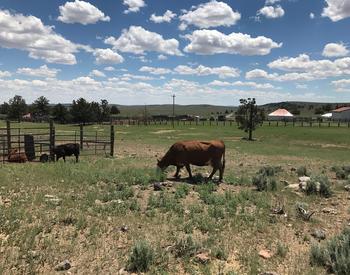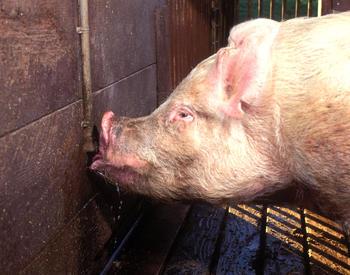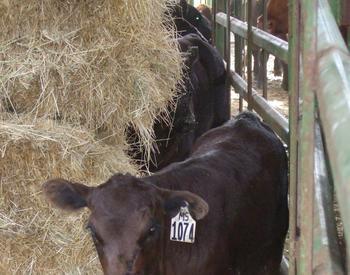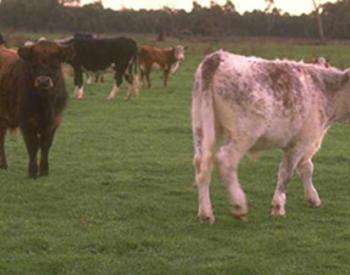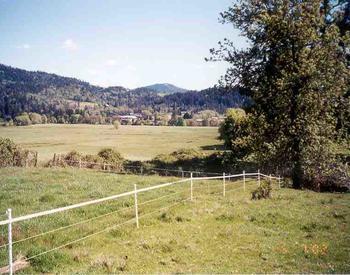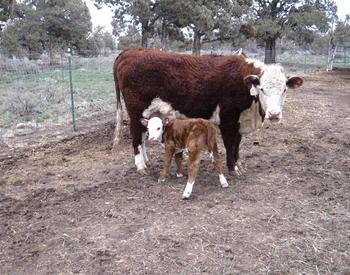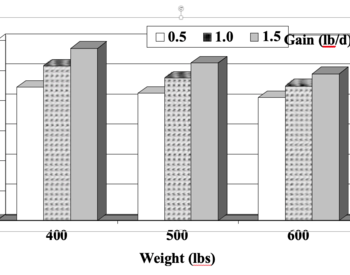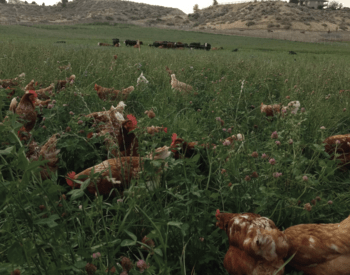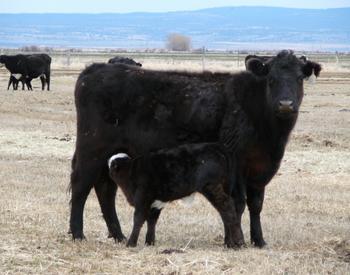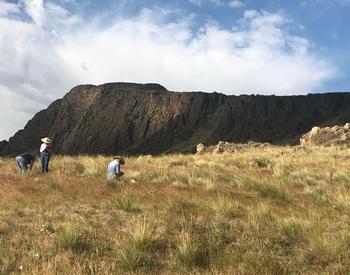The virus that has made some dairy cattle sick this spring is the same avian influenza virus that has been infecting domestic poultry flocks for the last several years. The specific strain is called H5N1 and is a type A influenza virus. It is also referred to as highly pathogenic avian influenza (HPAI).
This H5N1 strain is commonly carried in wild birds, especially waterfowl such as ducks and geese. Chicken and domestic duck flocks have been infected by wild birds. HPAI is a very dangerous disease for birds; most that are infected die. HPAI is also highly transmissible among birds. It’s common for an infected bird to pass the virus to other birds.
How did this happen?
The initial HPAI infections in cattle were detected on several dairies with sick cows in the south-central United States. This is what is termed a “spillover event,” in which a disease that is common in one group of animals infects a different group. Virus shed from wild birds – probably waterfowl, most likely in their feces – somehow infected cows. The exact route of this transmission isn’t yet known. There have been occasional documented cases of HPAI spillover events into wild mammals, such as skunks and raccoons.
An influenza virus incubation period – how long it takes between exposure to an infected individual and development of disease – can be up to two weeks. Some unknown-to-be-infected cows from infected herds were transported to other states, taking HPAI with them. “Home” cows on some of those dairies in other states got sick and tested positive for HPAI, suggesting that there is some transmission between cows. Because of this evidence, the term “bovine influenza A virus” is also in use.
The first reported cases of HPAI in domestic ruminants – cattle, sheep and goats – were detected in very young goats in Minnesota shortly before the identification of HPAI in dairy cattle. In that case, the goats were born on a farm that had recently had HPAI in the farm’s poultry flock. The poultry and goats had access to the same space with a shared water source.
What about cow health?
Not all exposed or infected cows get sick. It seems to be a pretty small percentage – 10% or less – that develop clinical cases of this influenza.
Clinical symptoms may include:
- Reduced feed intake
- Reduced milk production
- Thick and off-color (yellowish) milk or no milk in severely affected cows
- Reduced activity
- Fever
- Abnormal consistency of feces that could be diarrhea but more often is drier than normal.
Cows with clinical cases generally recover within several weeks. There are not yet enough data to say whether or not there are effects on reproduction or future milk production. Fortunately, unlike birds, this disease is not lethal in cows.
Cows with HPAI infection seem to shed a lot of virus in the milk. The H5N1 viral strain seems to be capable of replicating in the mammary gland. So far, tests of other secretions have turned up low or undetectable virus levels.
What about food safety?
On dairy farms, milk from sick cows is discarded. It does not leave the farm. The FDA has recently confirmed that pasteurization is effective at destroying influenza viruses along with other pathogens. Consumption of raw milk, however, does carry risk. Raw milk can be pasteurized at home. Here are instructions for home pasteurization.
Who is at risk?
Older dairy cows that are later in lactation seems to be most susceptible to HPAI. Younger cows seem to be less susceptible and dry (non-milking) cows, heifers and calves even less susceptible. Young stock on farms with infected cows have not shown symptoms. There have been no documented cases in beef cattle. There is no reason to assume beef cattle can’t be infected with HPAI, but they may be more resistant and infected animals might be less easily detected.
There has been one documented case of cow-derived HPAI in a person, and that person worked very closely with infected cows. In that human case, the person experienced conjunctivitis, commonly known as pink eye. People who work directly with HPAI-infected cows should wear personal protective equipment (PPE) when handling them or working with the raw milk. People consuming pasteurized milk or other dairy products bear no additional risk.
Cats on farms with infected cows have died of HPAI infection. It is likely that those cats consumed raw milk from infected cows. It is also possible that they consumed infected wild birds, which has been a route of infection for cats in the past.
I have cattle or other mammalian livestock. What should I do?
- Be mindful about biosecurity. Quarantine animals coming from another location. Only let essential farm visitors or vehicles in animal areas.
- Discourage wild birds – especially waterfowl – from spending time on your farm.
- Avoid unprotected exposure to sick or dead animals, wild or domestic.
- Be attentive. If one or more cows show symptoms of HPAI infection, contact your veterinarian.
- Isolate sick animals from the rest of the herd. Milk sick cows last.
- Offer supportive therapy, such as fluids, to sick animals. Consult your veterinarian.
What about restrictions on moving cows across state lines?
The Animal and Plant Health Inspection Service (APHIS) of the U.S. Department of Agriculture (USDA) issued a federal order on April 24, 2024 requiring testing for and reporting of HPAI in livestock. One of the provisions is the testing of lactating cattle if they will be crossing a state line. Milk samples must be collected and sent to an accredited lab within seven days of the intended interstate movement. A positive test will make any lactating cattle from that herd ineligible for interstate travel for at least 30 days.
Nonclinical lactating cattle moving interstate directly to slaughter are not required to be tested. Cows that travel intrastate to an auction or marketplace and then travel directly to an out-of-state slaughter facility do not need to be tested. These animals will still require a certificate of veterinary inspection.
Nonlactating animals (calves, heifers, dry cows, males) do not require testing at this time. APHIS has provided additional guidance on testing and movement.
Where can I learn more?
FDA: Safety of milk and dairy products
USDA FSIS via APHIS: Safety of beef products
Centers for Disease Control and Prevention (CDC): HPAI and human health, including detailed PPE recommendations
